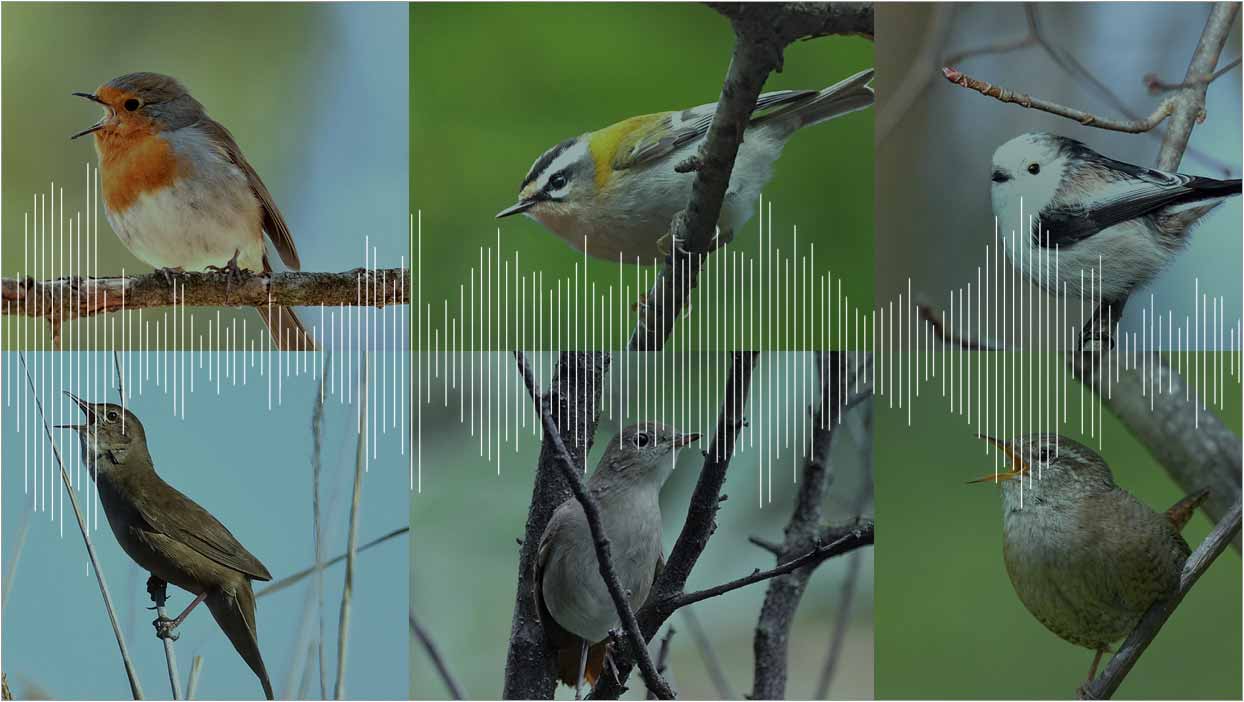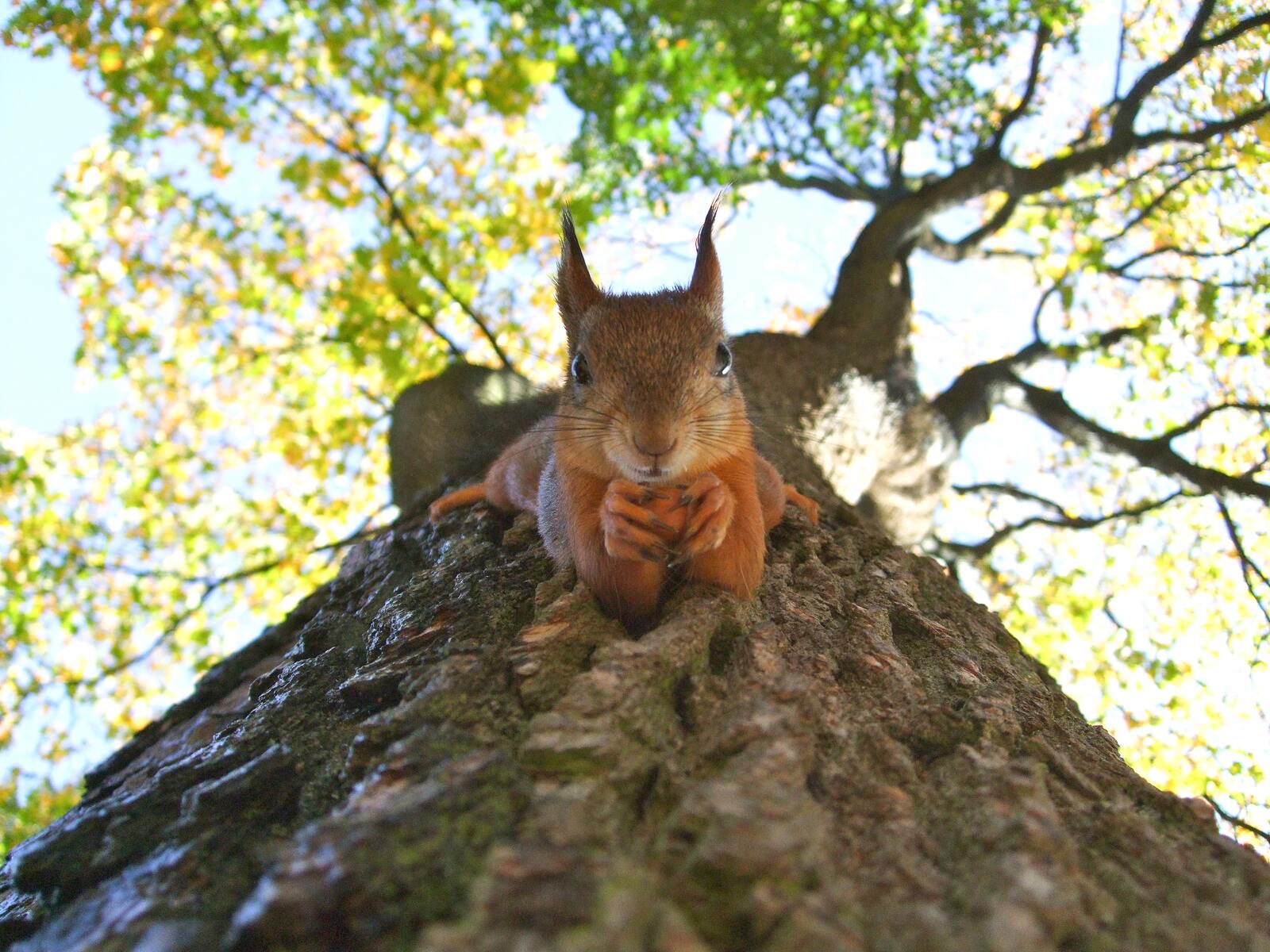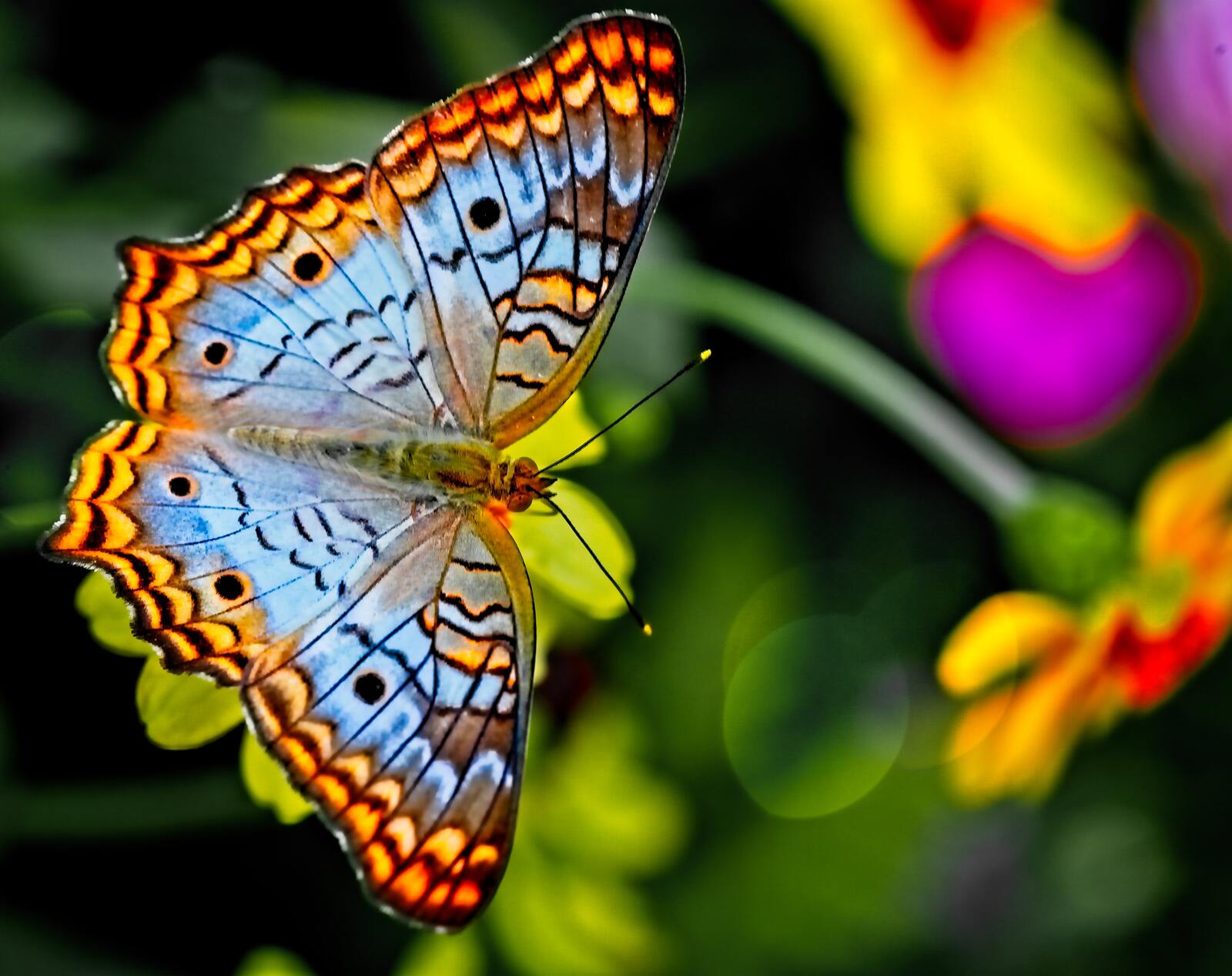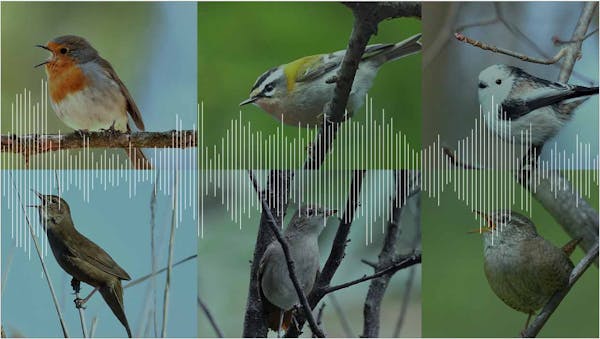Bridging the gap: Six tools to help you become a citizen scientist and contribute to scientific research
- Nature Conservation
- Land Conservation
- Urban Biodiversity
- Community Action
- Science & Technology
- Education & Culture
- Biodiversity
"Everybody starts out as a scientist. Every child has the scientist's sense of wonder and awe." — Carl Sagan
Science can often feel like an exclusive club, with only a select few donning lab coats and working in research labs. However, the truth is that, regardless of age or degree, everyone has the potential to contribute to scientific research.
Citizen science is the practice of engaging the general public in scientific research projects. It allows people from all walks of life to participate in data collection, analysis, and even the design of experiments.
Through citizen science, everyone can help find solutions to some of the world's greatest challenges — including climate change and biodiversity loss.
Below are six user-friendly and accessible tools that can help you become a citizen scientist, regardless of your background or level of scientific knowledge.

1. Share your observations in nature
One of the world’s most popular nature apps, iNaturalist helps you identify the plants and animals in your environment and connects to a community of over a million scientists and naturalists.
What’s more, by recording and sharing your observations on the app or website, you can help create research-quality data for scientists working to better understand and protect nature.

2. Record morning bird songs
Launched in 2020, the Dawn Chorus app encourages people around the world to listen to the birds in their immediate environment in the early morning hours, record the bird songs with their smartphones and upload them to an online database.
The database of collective information submitted by participants helps researchers track developments in species diversity, habitats, and the effects of noise pollution through comparative analyses of annual data. It is also available for anyone to listen to through a digital interactive sound map, where visitors can discover the myriad of bird songs worldwide.
.jpg)
3. Observe and share climate changes in your community
The small changes people see in their backyards, neighborhoods, and towns are essential to understanding how weather patterns and the changing climate affect local communities.
Through the ISeeChange website, users combine detailed stories and photos to record the changes they observe in their environment and how they impact them. This information can help local organizations, engineers, and city planners advocate for solutions to mitigate the worst effects of climate change.

4. Report a squirrel sighting
Since 1997, Project Squirrel has encouraged people across North America to help track squirrel populations as a way to better understand urban biodiversity. Now run on the SciStarter website (where you can find other citizen science opportunities), thousands of people have recorded their local squirrels.
Whether you live in a bustling city, a quiet suburb, or a rural area, your observations matter. By noting when and where you see a squirrel—and sharing a few details about the environment—you can contribute valuable data that helps scientists identify patterns in wildlife behavior, habitat changes, and ecosystem health.
.jpg)
5. Help monitor light pollution
Globe at Night is an international citizen-science campaign to raise public awareness of the impacts of light pollution. Anyone is invited to measure and submit their night sky brightness.
More than 200,000 measurements have been contributed by people in 180 countries over the last 14 years, making Globe at Night the most successful light pollution awareness campaign to date.

6. Advance the conservation of butterflies
More than 80% of land plants are pollinated by animals such as butterflies. Yet, butterfly populations are rapidly decreasing due to pesticides, habitat loss, and climate change.
From the rarest butterflies to the most common, recording any sightings can help advance our collective knowledge and contribute to their conservation. eButterfly is a real-time, online checklist and photo storage program that collects data on butterfly abundance and distribution. All you have to do is report butterfly sightings.
Science is for all
These six tools can help bridge the gap between the scientific community and the general public, making it easier for anyone to collect and analyze data, identify patterns, and make discoveries that advance the world’s collective knowledge.
By becoming a citizen scientist and participating in community projects, monitoring local wildlife, or simply reporting sightings, you can make valuable contributions to critical conservation efforts.
Everyone can be part of the solution!
Explore One Earth's Scientific Framework.jpg?auto=compress%2Cformat&w=1440)




